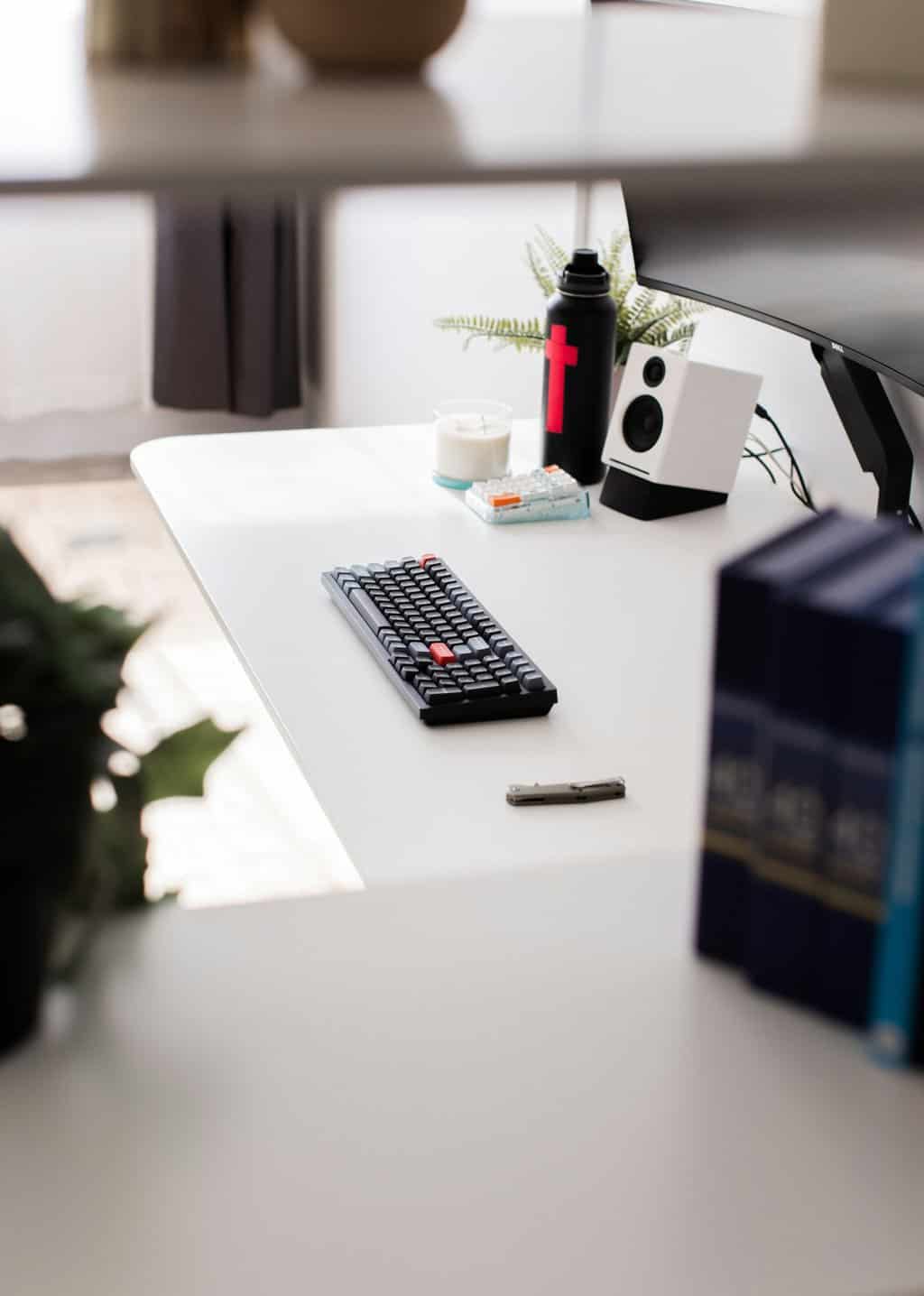
28 Mar Why Is My Wireless Keyboard Not Working After Changing Batteries?
Wireless keyboards offer convenience and flexibility, and shortcuts allow users to type without being tethered to their computer or device. However, like any electronic device, wireless keyboards can encounter issues that disrupt their functionality. One common problem users may encounter is the keyboard not working properly after changing the batteries. In this troubleshooting guide, we’ll explore the potential reasons why your wireless keyboard may not be working after a battery change and provide solutions to help you resolve the issue effectively.

Table of Contents
1. Battery Installation
The first step in troubleshooting a wireless keyboard that isn’t working after changing batteries is to ensure that the batteries are installed correctly. Even a small misalignment can prevent the keyboard from receiving power. Double-check that the batteries are inserted in the correct orientation according to the markings inside the battery compartment.
2. Battery Quality
Low-quality or expired batteries can lead to issues with the power supply, causing the keyboard to malfunction or not work at all. If you’re experiencing problems after changing batteries, try replacing them with fresh, high-quality batteries from a reputable brand. Avoid using rechargeable batteries unless the keyboard specifically supports them, as they may have different voltage requirements.
3. Connection Issues
Wireless keyboards communicate with the computer or device via a wireless connection, typically using Bluetooth or a USB receiver. If the keyboard is not working after changing batteries, there may be an issue with the connection.
Bluetooth Connection
– Ensure that Bluetooth is enabled on your computer or device and that the keyboard is in pairing mode. Refer to the keyboard’s manual for instructions on how to enter pairing mode.
– Delete the keyboard from the list of Bluetooth devices on your computer or device, then re-pair it by following the pairing instructions.
– Move the keyboard closer to the computer or device to ensure a strong Bluetooth signal and minimize interference from other devices.
USB Receiver Connection
– If your wireless keyboard uses a USB receiver, ensure that the receiver is securely plugged into a USB port on your computer. Try using a different USB port to rule out port issues.
– Check for any physical damage to the USB receiver or the USB port on your computer.
– Reset the connection by unplugging the USB receiver, waiting a few seconds, and plugging it back in. Allow the computer to detect and install the necessary drivers.
4. Driver Issues
Outdated or corrupted keyboard drivers can also cause issues with wireless keyboard functionality. To resolve driver-related issues:
– Open the Device Manager on your computer and locate the keyboard under the “Keyboards” section.
– Right-click on the keyboard and select “Update driver” to check for updates online. Follow the on-screen instructions to install any available updates.
– If updating the driver doesn’t resolve the issue, try uninstalling the keyboard driver and then restarting your computer. The computer will automatically reinstall the driver upon restart.
5. Keyboard Reset
Sometimes, performing a reset on the wireless keyboard can help resolve issues related to software glitches or connectivity problems.
– Look for a small reset button on the keyboard (usually located on the back or bottom) and press it using a paperclip or similar tool.
– Hold down the reset button for a few seconds, then release it. The keyboard will reset, and you may need to re-pair it with your computer or device.
Experiencing issues with a wireless keyboard not working after changing batteries can be frustrating, but with the troubleshooting steps outlined in this guide, you can identify and resolve the problem effectively. By ensuring proper battery installation, using high-quality batteries, checking for connection issues, addressing driver issues, and performing a keyboard reset if necessary, you can get your wireless keyboard back up and running smoothly. If the problem persists despite your efforts, it may indicate a hardware issue with the keyboard, and you may need to contact the manufacturer for further assistance or consider replacing the keyboard. With patience and persistence, you can troubleshoot and resolve common wireless keyboard issues and enjoy uninterrupted typing convenience once again.



No Comments